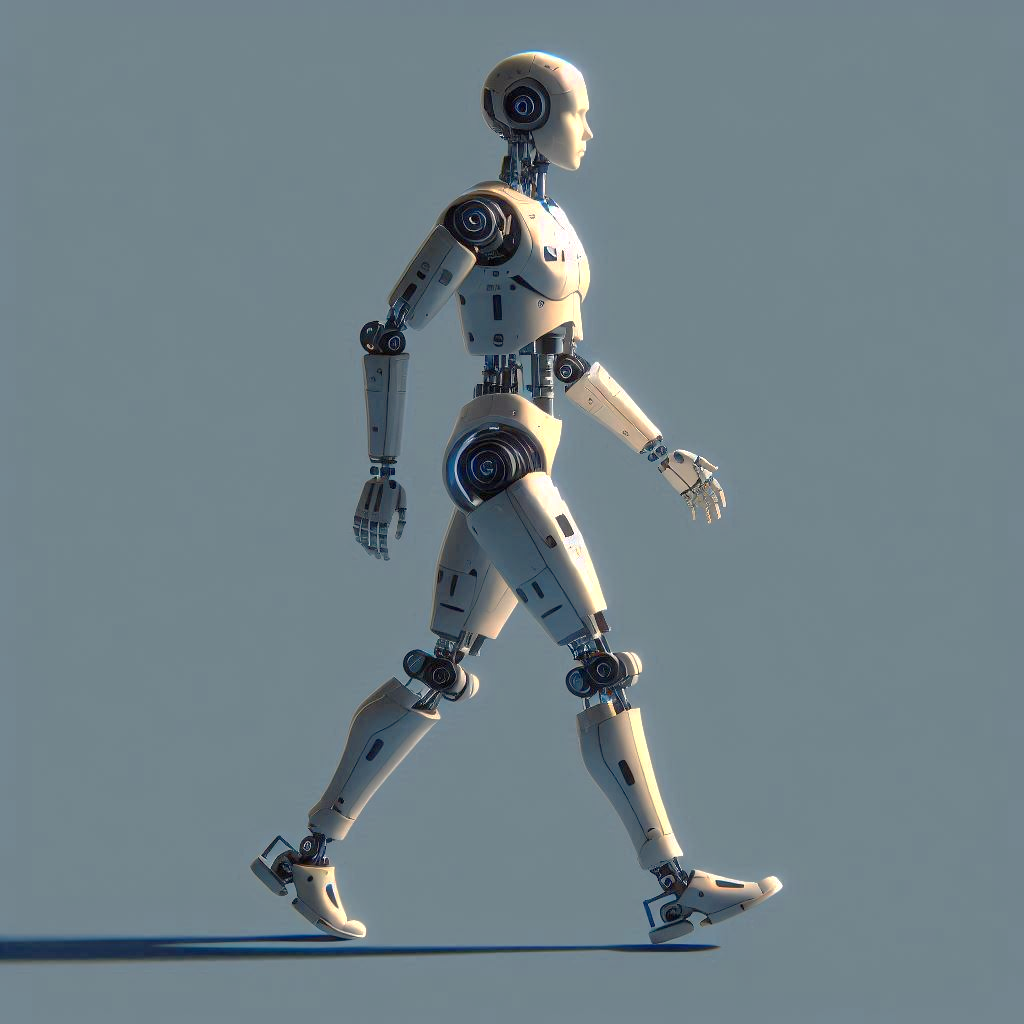Internship
Led a predictive analysis project on human lower limb movement, utilizing statistical modeling and machine learning techniques, achieving a 15% improvement in prediction accuracy and identifying seven distinct gait phases.
Developed a GUI using Python Tkinter to manage large datasets in MongoDB, enhancing user interaction and improving data handling efficiency.

Predictive Modeling and Data Management for Gait Analysis
During my internship, I managed a large project focused on predictive modeling and data management for evaluating human lower limb movement. The study took a semi-supervised method, beginning with the identification of gait cycles using the slope formula. Each gait cycle was methodically separated into seven unique phases using a percentage-based method, resulting in a precise foundation for future research. To identify and name these stages, I used k-means clustering, which made it easier to train a Recurrent Neural Network. The RNN has an astounding 98% accuracy in predicting gait phases, demonstrating the model's durability and precision.
Recognizing the difficulties of managing huge complex datasets, I proposed and constructed a MongoDB solution based on its scalability and flexibility. To improve this solution, I created a graphical user interface (GUI) with Python Tkinter. This GUI improved and optimized database processes, including complete CRUD capabilities and the ability to convert multiple file formats to CSV, resulting in seamless data uploads to MongoDB. The GUI dramatically enhanced data handling efficiency.
In addition, I developed a long-term data pipeline to support future data management. This project revealed not just my technical knowledge of data preprocessing, machine learning, and database management, but also my ability to give practical solutions. The combination of advanced analytical approaches and new data management procedures yielded great insights and highlighted the potential for real-world applications, marking a crucial milestone in my professional growth.